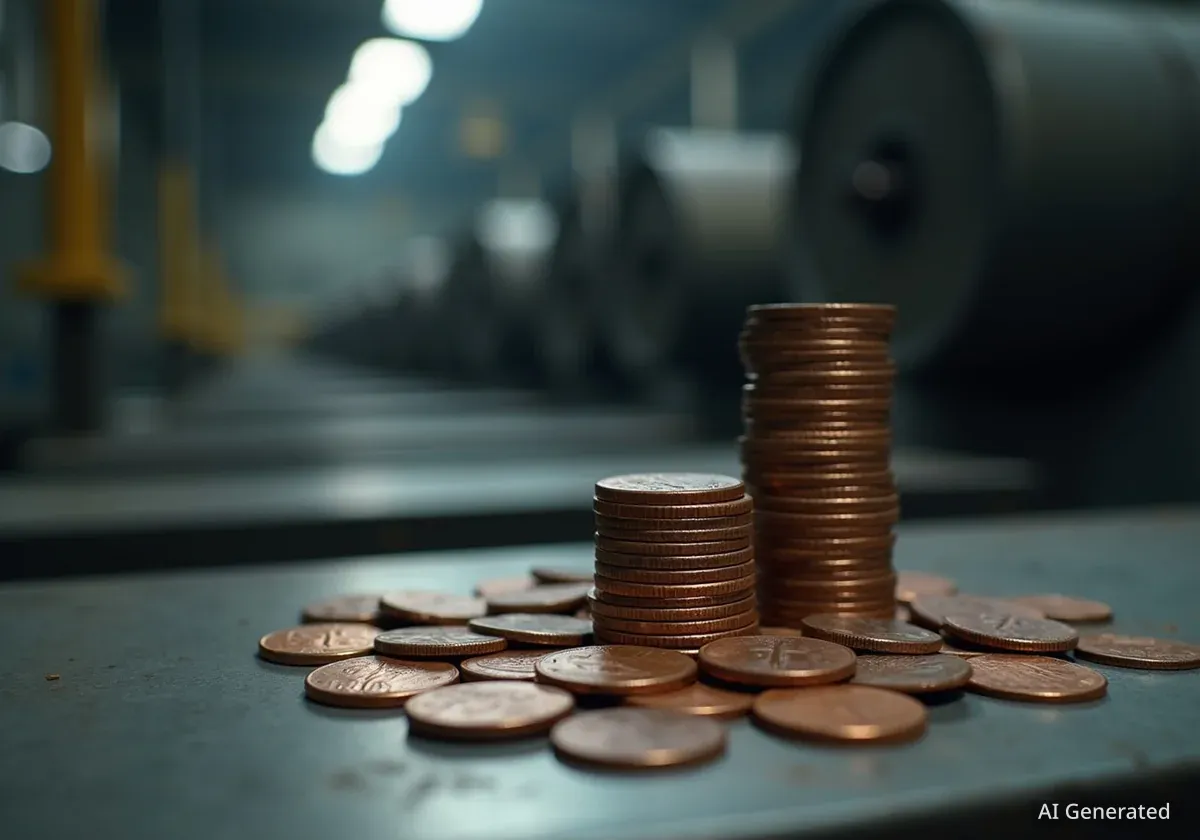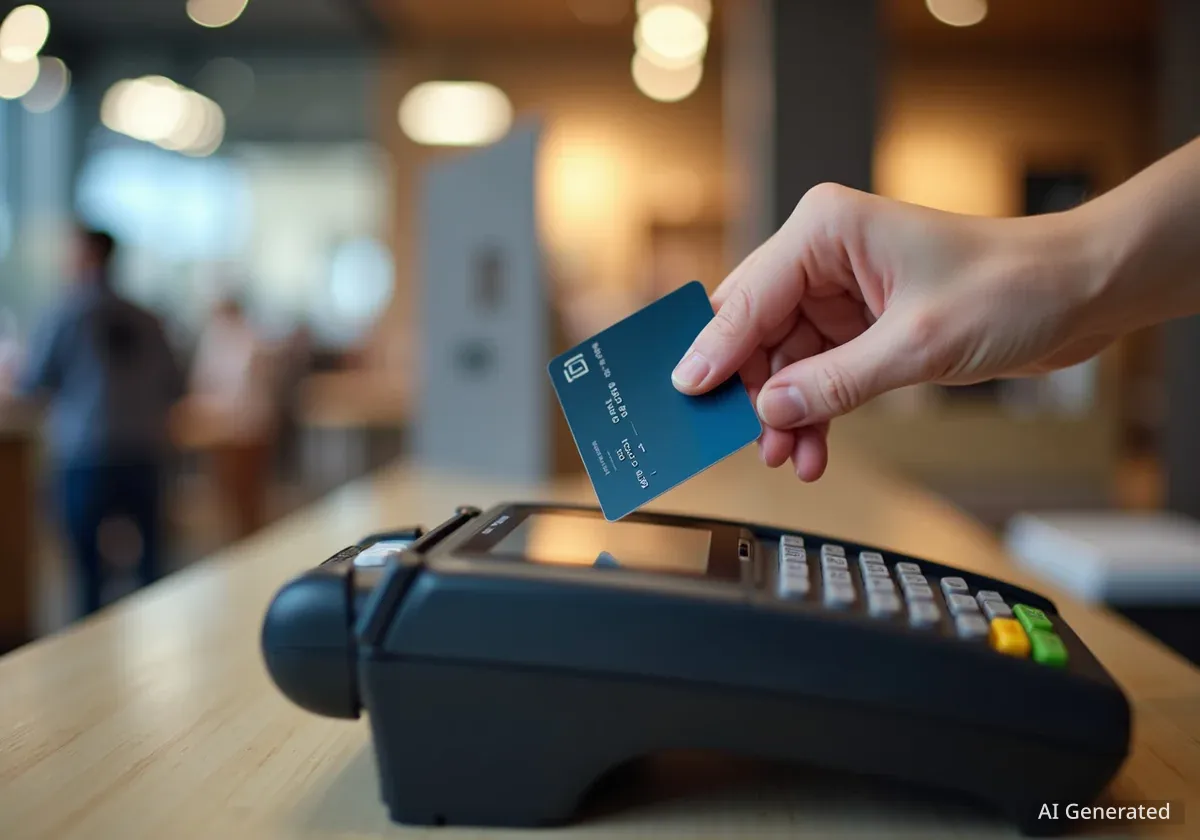The Internal Revenue Service (IRS) is set to eliminate paper checks for nearly all tax refunds starting September 30. This change is part of a broader federal government initiative to transition to fully electronic payments, aiming to improve security and efficiency for millions of American taxpayers.
While the vast majority of taxpayers who already use direct deposit will not be affected, the move will require those who still receive paper checks to choose an electronic payment method. The agency has outlined several alternatives for individuals without traditional bank accounts.
Key Takeaways
- End of Paper Checks: The IRS will stop issuing paper refund checks for most taxpayers on September 30.
- Minimal Impact for Most: Approximately 93% of taxpayers already receive their refunds via direct deposit and will see no change.
- Reason for Change: The shift is driven by a federal mandate to increase security, reduce costs, and provide faster access to funds.
- Future Changes: Payments made to the IRS will also transition to electronic methods, with more details expected before the 2026 tax season.
A Major Shift in IRS Payment Processing
The IRS has officially announced its plan to phase out paper refund checks, a significant step in modernizing its payment systems. The change, effective at the end of September, aligns with a federal mandate promoting the use of electronic transactions across all government agencies.
This policy adjustment marks the first major step in what the agency calls a "broader transition to electronic payments." The core process of filing taxes will not change for individuals or businesses. However, the method of receiving a refund will be standardized to electronic delivery.
During the 2025 tax filing season, the IRS processed over 93.5 million refunds. Of those, a staggering 87 million, or 93%, were already delivered through direct deposit. This indicates that the new policy will primarily affect the remaining 7% of refund recipients who have traditionally relied on mailed paper checks.
Background on the Federal Mandate
The move away from paper checks is not unique to the IRS. It is part of a long-standing effort by the U.S. Department of the Treasury to transition all federal payments to electronic formats. This initiative aims to save taxpayer money on printing and mailing costs while reducing fraud and payment delivery errors.
Security and Efficiency Drive the Transition
The primary motivations behind eliminating paper checks are enhanced security and significant cost savings. The IRS has highlighted the vulnerabilities associated with physical checks, which can be a target for theft and fraud.
Paper Checks Pose a Higher Risk
According to federal data, paper checks are 16 times more likely to be lost, stolen, or fraudulently altered compared to electronic payments. Direct deposit also removes the risk of a check being returned to the IRS as undeliverable due to an incorrect address.
Speed is another critical benefit of the electronic system. Taxpayers who file their returns electronically and opt for direct deposit typically receive their refunds in less than 21 days. In contrast, waiting for a paper check to be processed, printed, and delivered by mail can take six weeks or longer.
By moving to an all-electronic system, the agency can streamline its operations, reduce administrative burdens, and ensure that taxpayers receive their money in a more timely and secure manner.
What This Means for Taxpayers
For the overwhelming majority of Americans, this policy change will go unnoticed. If you already have your tax refund directly deposited into your bank account, you do not need to take any action. Your refunds will continue to arrive as they always have.
The change will impact a small but significant group of individuals who do not use direct deposit. This includes those without bank accounts, often referred to as the "unbanked," as well as those who simply prefer receiving a physical check.
The IRS has stated that it will provide clear guidance and support for these taxpayers to ensure a smooth transition. The agency is emphasizing that electronic options are available even for those without traditional banking relationships.
Options for Receiving Electronic Refunds
Taxpayers who currently receive paper checks will need to select an electronic method for future refunds. The IRS has suggested several accessible alternatives:
- Prepaid Debit Cards: Many financial institutions offer prepaid debit cards that can accept direct deposits. These cards function like a standard debit card for purchases and ATM withdrawals.
- Digital Wallets: Services such as PayPal or Cash App can often be linked to receive direct deposits, providing another convenient way to access refund money electronically.
- Low-Cost Bank Accounts: The IRS is encouraging individuals to explore banking options. The agency has pointed to resources like the FDIC's GetBanked initiative and the National Credit Union Administration's MyCreditUnion.gov to help people find free or low-cost accounts.
In very limited and specific cases, exceptions may be made to continue issuing paper checks, but the IRS has not yet detailed what those circumstances might be.
Looking Ahead: Payments to the IRS and Current Filers
The transition to electronic systems is not limited to refunds. The IRS also plans to phase out paper checks for payments made to the agency. This means that in the future, taxpayers who owe money will also need to use an electronic payment method.
The IRS has indicated it will provide additional guidance on the process for making electronic payments to the agency before the 2026 filing season begins in January.
For now, taxpayers should continue with existing procedures. This is especially important for those who filed their 2024 tax returns under an extension with a due date before December 31, 2025. They should follow the current forms and payment methods available.
The agency has committed to communicating these changes widely to ensure that all taxpayers are aware of the new requirements and have ample time to prepare before they take full effect.





